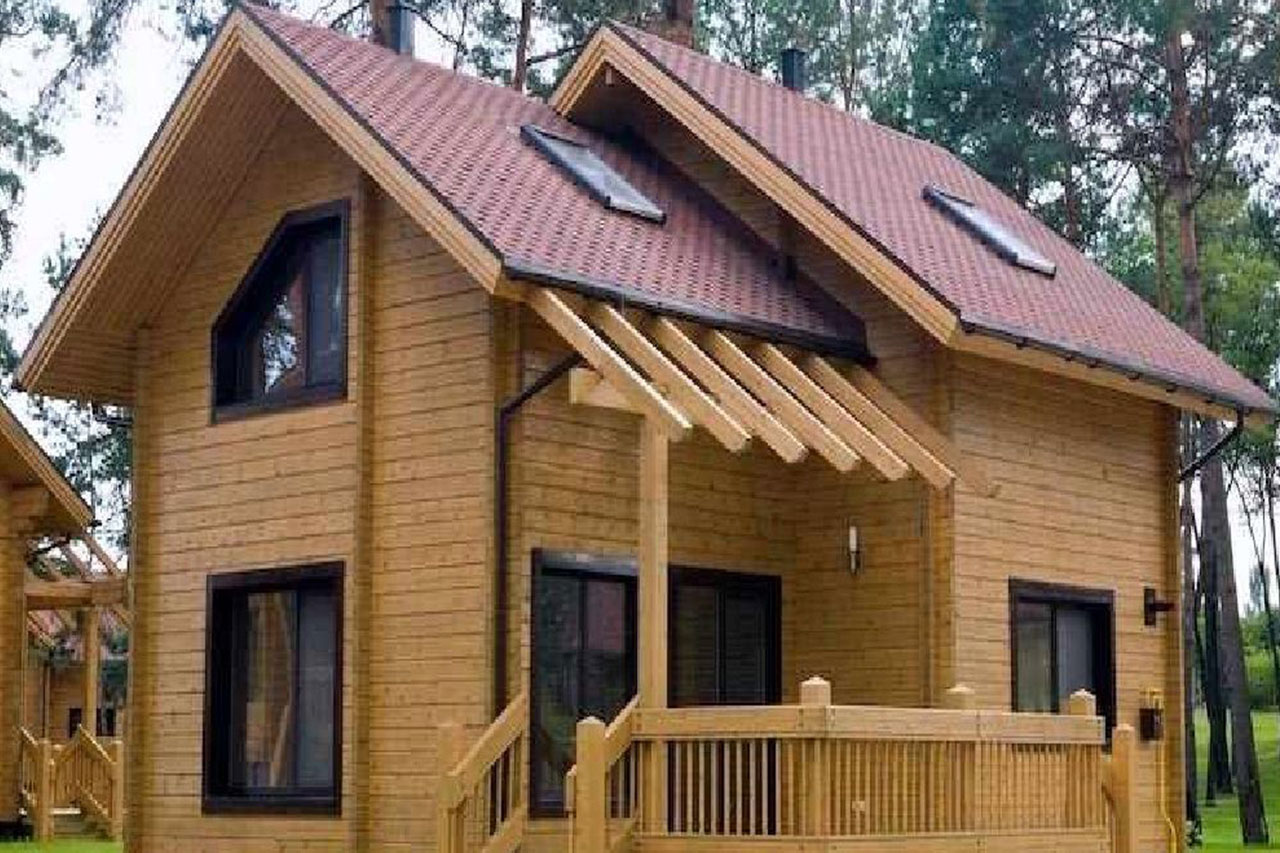Timber structures have been used for centuries, and for good reason. Timber is a renewable resource that is widely available and easy to work with, making it an excellent choice for building construction. From traditional log cabins to modern timber-frame buildings, timber structures offer a unique blend of beauty and functionality.
One of the primary benefits of timber structures is their aesthetic appeal. Timber is a warm and inviting material that can add natural beauty to any building design. Timber structures can range from rustic log cabins to sleek and modern timber-frame buildings, providing a wide range of options for architects and builders.
In addition to their aesthetic appeal, timber structures are also environmentally friendly. Timber is a renewable resource that can be sustainably harvested and replanted, making it a more sustainable choice than many other building materials. Timber structures can also be designed to be energy-efficient, reducing the carbon footprint of the building over its lifetime.
Timber structures also offer a high degree of flexibility in design. Timber can be easily shaped and cut to create custom designs, and timber structures can be constructed using a variety of different techniques, including post-and-beam, timber-frame, and log construction. This flexibility allows architects and builders to create unique and innovative building designs that are tailored to the specific needs of the project.
Another benefit of timber structures is their durability. Timber is a strong and resilient material that can withstand harsh weather conditions and even earthquakes. Properly maintained timber structures can last for decades or even centuries, making them a cost-effective choice in the long run.
Despite their many benefits, timber structures also have some drawbacks. One of the primary concerns with timber structures is their susceptibility to fire and decay. However, proper treatment and maintenance can help to prevent these issues and extend the life of the structure.
Another potential issue with timber structures is their initial cost. Timber is generally more expensive than other building materials like concrete or steel, and the construction of timber structures can be more complex and time-consuming. However, the unique beauty and functionality of timber structures can offset these costs over time.
In conclusion, timber structures offer a unique blend of beauty, functionality, and sustainability. They offer a wide range of design options, are environmentally friendly, and can last for decades or even centuries with proper maintenance. While there are some concerns with fire, decay, and initial cost, timber structures remain a popular choice for building construction, and for good reason.

